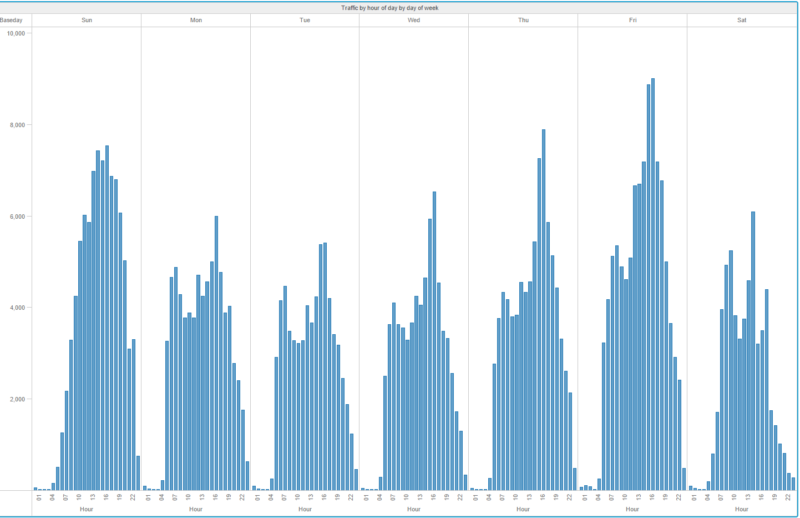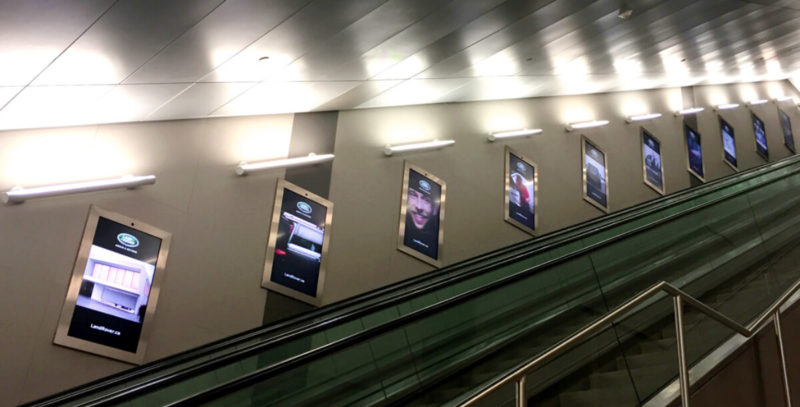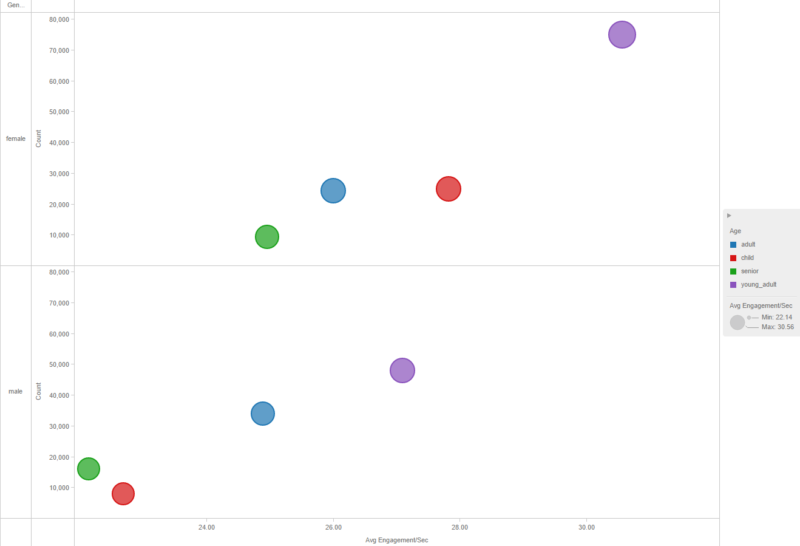The future of digital advertising: Ads that look back
Billboards that watch you back aren't just the stuff of science fiction. Columnist Alan K'necht takes a look at the technologies that are transforming digital advertising.
We’re all familiar with traditional billboards and Digital Out Of Home (DOOH) screens in locations ranging from New York’s Times Square to your local shopping mall, transit stations, airports or anywhere people gather.
We’ve all watched the images change and seen video-based advertisements play on them, but did you know that in more and more locations, these screens are looking back at you?
Through the use of cameras placed just above the electronic billboard, or in some cases embedded within the screen itself, and combined with facial-recognition software, the screens are now watching you back.
What types of information do these DOOH screens gather? How is this information being leveraged to optimize marketing campaigns?
All eyes on Billy Bishop billboards
One implementation of these intelligent DOOH screens is located at downtown Toronto’s Billy Bishop Airport. Through an assortment of 27 locations, including a bank of 20 electronic billboards along the entire length of a four-minute escalator ride from the airport’s tunnel level to the terminal, a variety of information is being gathered, processed and analyzed.
Information is collected when a traveler looks directly at a billboard. Based on a complex facial-recognition algorithm, the traveler’s gender is determined, and he or she is then categorized into one of four age brackets.
This data is combined with the screen player logs (which ad was running when) into a database for analysis. This allows the determination of which screen locations generate the best audience engagement — by location, time of day and day of week.
Analysis helps to identify which ads resonate with their target audience (and if not, which audience demographic it did resonate with, if at all.) Additionally, Billy Bishop invites advertisers and agencies to A/B test ad creative from both a location and a demographic engagement perspective.

Audience engagement is measured by time of day and day of week to determine which screen locations produce the best results. (Click to enlarge.)
The DOOH system at Billy Bishop was designed by and is managed by Toronto’s BLACK (disclosure: client), a former advertising agency now transformed into a digital media company.
When asked about the potential of intelligent screens, Dean Black, president of BLACK, told me, “Digital marketing’s disciplines are quickly highlighting what is valuable for an advertiser and thus causing great realignments in media mix for the best marketers. At Billy Bishop, we’re getting out ahead of the metrics curve so that we will have tried and tested tech ready for when the revolution comes to out-of-home advertising.”
Tapping into data
The future of digital advertising doesn’t just stop here. In the US, AT&T is now offering data services for outdoor advertisers to provide enhanced audience information to advertisers by tracking the cell phones of their customers.
While this option doesn’t necessarily measure true engagement (Is their customer actually looking at the ad?), it can determine “hang time” near where the ad is playing. Plus, it can provide the demographics of people who pass by the outdoor billboard’s location.
When AT&T combines the information of who saw a specific ad with business locations (Business must provide AT&T Wi-Fi), they can determine who responded to an ad by visiting a business. While there are limitations to this, including individuals connecting to the available WiFi, the potential of this information gathering and analysis is going to impact the future of digital advertising.
What does this evolution in technology mean to advertisers and the future of advertising? It means that techniques developed and refined through decades of web-based advertising can now be applied to out-of-home advertising. This includes A/B testing, demographic analysis and engagement metrics.
It may also be signaling the end of gut-feel creative and holding the feet of the creative team to the fire in determining what works and doesn’t work.
Before running head-first into the realm of big data and the data potential, keep in mind that while this data-gathering opportunity is like nothing we’ve had before, the technology being used is only gathering a sampling from the potential audience. Your sample size could range from 25 percent to 70 percent, depending on the method of data capture. While not a 100-percent count, this sample size is sufficient to yield quality information to evaluate your marketing successes.
Opinions expressed in this article are those of the guest author and not necessarily MarTech. Staff authors are listed here.
Related stories


